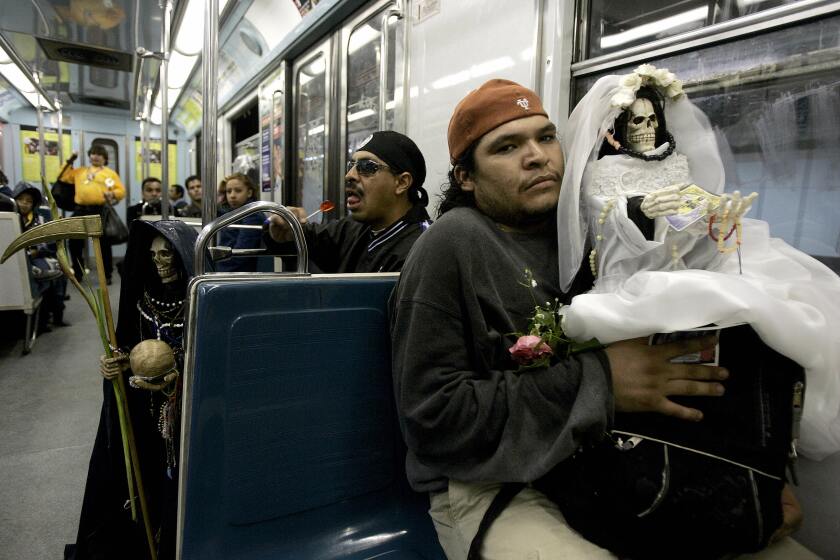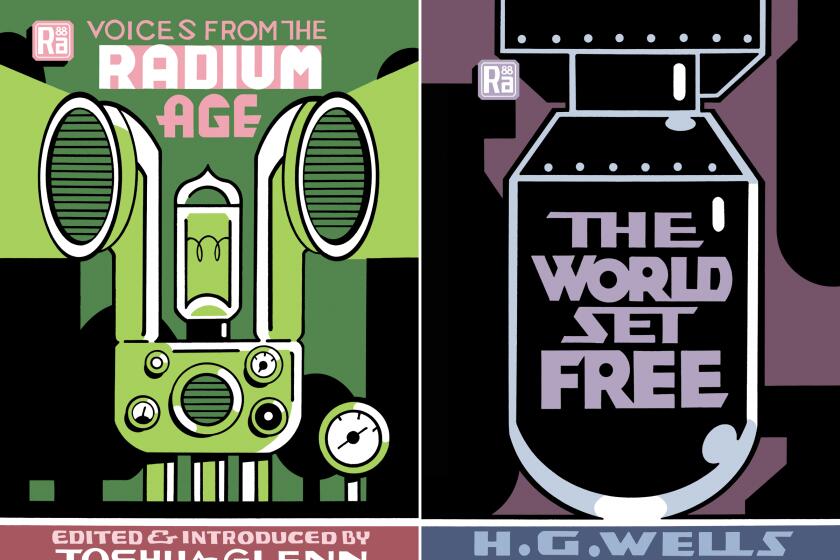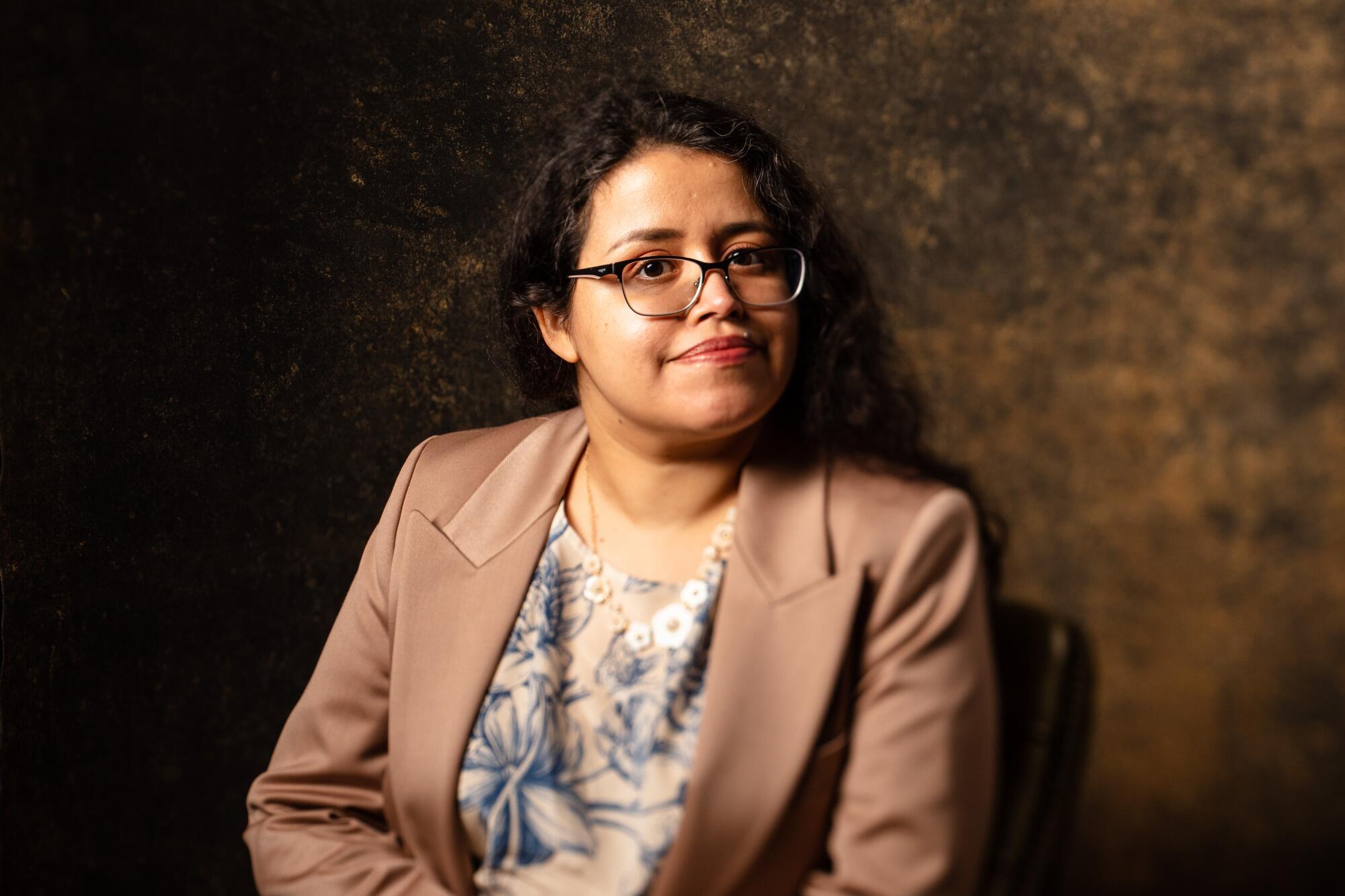
On the Shelf
The Daughter of Doctor Moreau
By Silvia Moreno-Garcia
Del Rey: 320 pages, $28
If you buy books linked on our site, The Times may earn a commission from Bookshop.org, whose fees support independent bookstores.
The fictions of Silvia Moreno-Garcia abound in shapeshifters, like the ever-morphing nahual in her novella “The Return of the Sorceress” or the supernatural beings in “Gods of Jade and Shadow.” And they are central to her latest novel, “The Daughter of Doctor Moreau,” which reframes the classic H.G. Wells story of terrifying human-animal hybrids as a thrilling and romantic anticolonial adventure set in the Yucatán Peninsula.
Like Wells, however, the prime shapeshifter of these tales is their creator — the author herself. Moreno-Garcia, a Mexican Canadian immigrant, now 41, may have appeared fully formed, as if by magic, with the bestselling “Mexican Gothic,” but she has been evolving across genres for years, moving with seeming ease among fantasy, mystery, science fiction, horror and noir.
The foundation of her stories rarely changes, however. It is the constant rumble of history — the revolution simmering, for instance, among the Mayan rebels outside the Moreau estate in her current novel. If you read her work as deeply as it deserves to be read — beyond its page-turning thrills — or if you talk to Moreno-Garcia, as I did via Zoom while she sat in her Vancouver home, you’ll see that what lies beneath is even more astonishing: a perspective on Mexican history as broad and inclusive as any you’re likely to see in fiction — never mind a bestseller list.
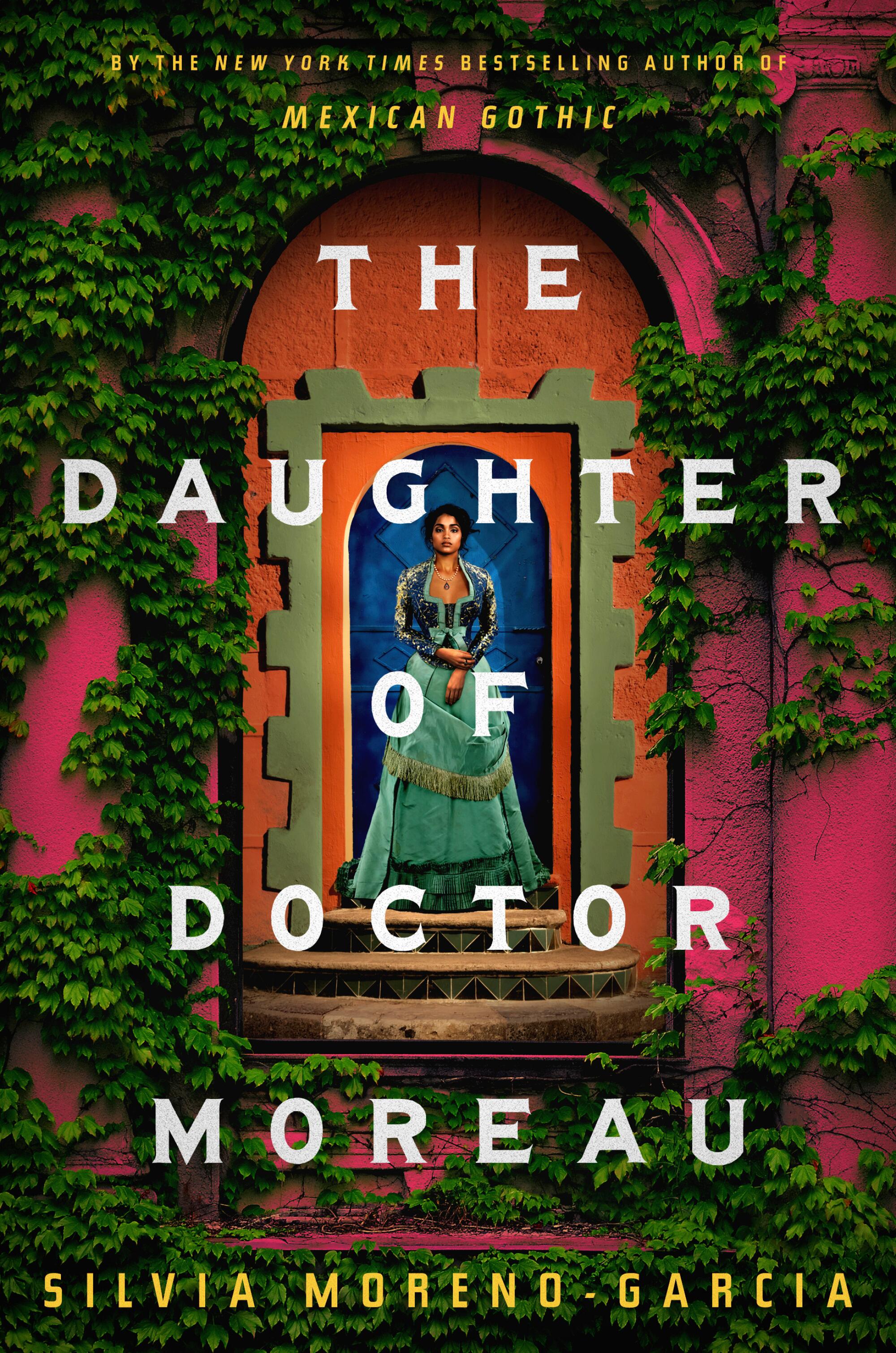
It isn’t surprising that the author grew up among journalists with a taste for fantastic stories. “My parents were very bohemian,” Moreno-Garcia says of her early years in Mexico City. “My mom was a sci-fi and horror fan. She read [Frank Herbert’s] ‘Dune,’ Stephen King — and she had a love affair with H.P. Lovecraft’s work.”
Young Silvia read everything, in Spanish and English, from the Bible to mythology; she dipped into her mother’s library and bought paperback classics from an early age — Poe was a favorite — at Gandhi Bookstore, a Mexican chain. Reading became the young girl’s passion; socializing, not so much. “People thought I was odd,” she says.
Equally formative was Moreno-Garcia’s initiation into even older storytelling traditions. Her great-grandmother “was illiterate,” the author recalls. “So for her stories were told, not written, and everything had a pace. You couldn’t rush my great-grandmother when she was speaking. You let her talk. You trusted her.”
Bethanne Patrick’s July highlights include romance, sci-fi and sacrilegious hijinks, as well as probing memoirs and a new Harvey Weinstein exposé.
Set on following her parents’ path into journalism, she left Mexico for Endicott College in Massachusetts on several scholarships, working on the student newspaper. After graduating in 2003, she returned to Mexico to marry her long-distance boyfriend. Soon after, the couple immigrated to Canada for better opportunities. Her husband worked three jobs while Moreno-Garcia tended to their newborn and tried to make ends meet as a journalist. But she found journalism a tougher profession than it had been for her parents (the rise of the Internet didn’t help). Her way out was in the stories her mother had devoured and her great-grandmother had told — and the stories she began to make up.
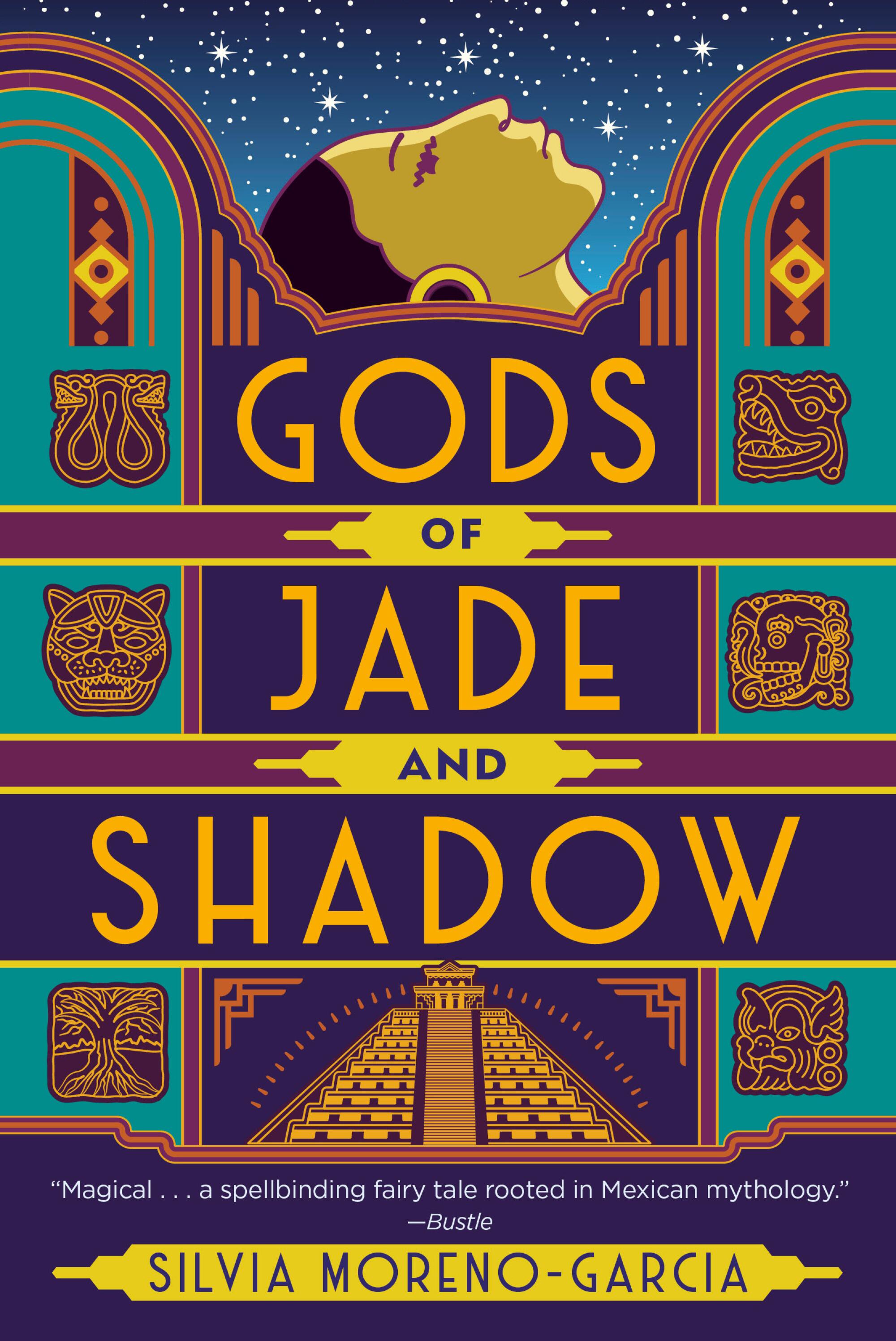
“As desperate as the circumstance was at the time,” she says now, “I found writing took me to an imaginary state where I was free to write what interested me.” It also paid surprisingly well; beginning in 2006, she wrote and published more than 70 short stories. Her big break came in 2011, when her horror story “Scales as Pale as Moonlight” won a prestigious short fiction competition. “That $3,000 prize told me I could make it as a writer,” she says.
After editing anthologies and founding an independent press, in 2015 Moreno-Garcia published her debut novel, “Signal to Noise,” which was nominated for several fantasy awards. At the time, she was also working as a communications coordinator for the Faculty of Science at the University of British Columbia and pursuing a master’s degree in science and technology studies there. Her master’s thesis was a feminist critique of the misognyny and eugenic ideas in the work of Lovecraft — her mother’s favorite writer, no less — joining a wave of revisionist takes on the problematic writer and cementing her own ambivalent stance toward her genre forebears.
With her second novel, “Certain Dark Things,” which can only be described as a narco-vampire horror story, readers began to notice just how real — and how rooted in Latin American history and myth — her fantasies were. Science fiction critic Amal El-Mohtar hailed the novel for its “representation of Mexico City as a real place, a city with history, districts, subways, with beauty and ugliness, with problems. It is not a book that renders Mexico City according to its distance from New York City, or even from the United States; this book’s face is turned towards Guatemala, Cuba, Brazil.”
Although she calls herself “Mexican by birth, Canadian by inclination,” Moreno-Garcia’s vision is laser-focused on her homeland. Where she roams freely is genre. She doesn’t set out to write in any one mode but rather lets the story guide her. “Sometimes I set myself a challenge, like writing a sword and sorcery novella, which ended up being ‘The Return of the Sorceress,’” she says. “Sometimes I end up with a book that defies being classified, like ‘Signal to Noise’: Is it a drama or an urban fantasy?”
Renowned author Juan Villoro helped draft Mexico City’s constitution. His new collection, “Horizontal Vertigo,” celebrates the great metropolis.
Several genre-defying books later, she published the blockbuster “Mexican Gothic,” a terrifying 1950s tale that delves into racism, colonialism and eugenics. After a fistful of awards and nominations, more than a year on The Times’ bestseller list and 500,000 copies sold, it was followed by “Velvet Was the Night,” a moody, music-saturated neo-noir set in 1970s Mexico City during what came to be known as the Dirty War.
“People were expecting a horror novel,” Moreno-Garcia says of “Velvet,” which was nominated for the 2021 L.A. Times Book Prize in mystery/thriller. “Although it got nice reviews, there were some people who were surprised and even dismayed. The tendency is for writers to stick to one genre and even one series of books and I don’t do that. It was much harder for me to get book contracts for that reason, but I’m in a good position now where I have been able to convince my publisher to buy my next book even if it means a category change.”
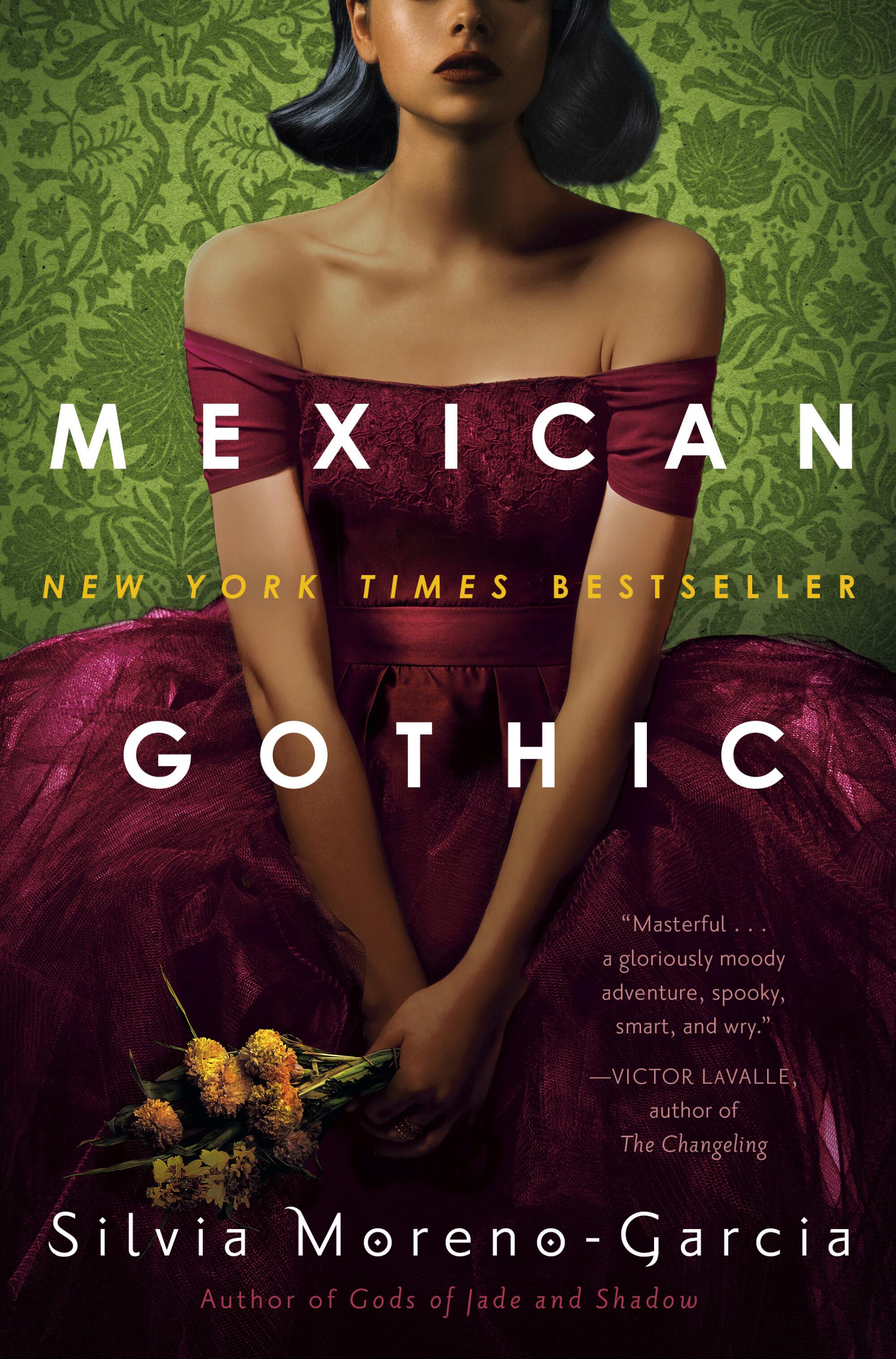
In “The Daughter of Doctor Moreau,” Moreno-Garcia shapeshifts again, unspooling a slow-burn saga with a macabre shiver of science fiction. Her inspiration was Wells’ “Island,” of course, both in its basic premise — a mad doctor developing hybrid creatures in a remote territory — and in its spirit.
“Wells wasn’t writing science fiction or horror,” Moreno-Garcia explains. “He was writing ‘scientific romances.’ We now consider him one of the ancestors of the modern science fiction novel, but in his time, things were much more free-flowing. I approached writing ‘Daughter’ like that — trying not to be too tied to the expectations of modern categories and more imbued in the spirit of 19th century and early 20th century fantastic literature.”
She also drew inspiration from films such as “The Black Cat,” “Island of Lost Souls” and “The Murders in the Rue Morgue.” “If you go back to those black-and-white flicks, desire and love are a big part of the stories,” she says. The spark of the novel is ignited by the love story between Carlota Moreau, the scientist’s daughter, and the ranch’s overseer, Montgomery Laughton, a dissolute Englishman hired by the colonial landowner funding the doctor’s experiments.
“Look at Nosferatu, look at Karloff as the Mummy or King Kong infatuated with Fay Wray,” the author continues. “Nowadays we get all tied up in knots and act like the kid in ‘The Princess Bride,’ wondering if this is a ‘kissing book,’ but seldom has any book or film been only one thing. So, I figured in the spirit of Wells and other creators of the fantastic, this is a ‘many-things’ book.”
A new series of books on the ‘Radium Age,’ the early, adventurous and optimistic days of sci-fi, brings back H.G. Wells and many lesser-known geniuses.
Like those early science-fiction writers, she is also concerned with social upheaval and questions of fairness and equality; unlike them, she is much more fully attuned to those long left out of such conversations (and books). “The Daughter of Doctor Moreau” shifts the readers’ gaze to those often marginalized or completely ignored in literature and history — whether they be an independent-minded daughter absent from the original story, Doctor Moreau’s hybrid creatures or those Mayan rebels in 1870s Mexico.
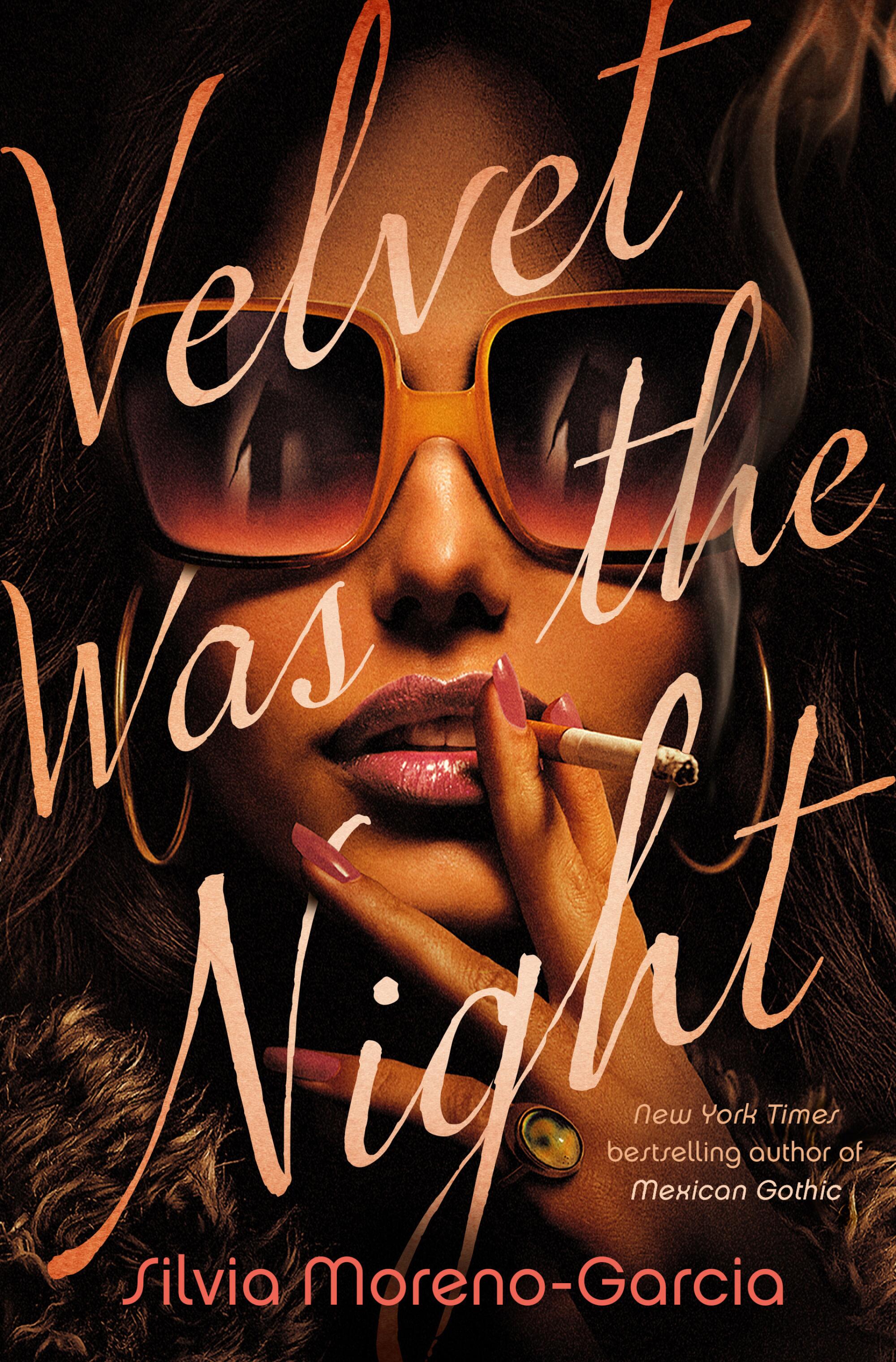
“When I look at old movies, old pulp fiction, there are obviously racial stereotypes, sexist ideas, colonialist attitudes, you name it,” she says. “But I often find things that make my imagination spin. To me, it’s a starting point.”
Where you go from there — well, that’s the story. Whatever genre Moreno-Garcia adopts, her great-grandmother’s storytelling style is always evident: “She guided you down a path, so you would eventually arrive at a marvelous revelation, but there was no sense in asking, ‘Are we there yet?’ That broke the covenant of trust between the storyteller and the listener. And that’s how I write. What I’m asking readers is to follow me into the forest. You won’t get lost, hold my hand, and I’ll tell you a story.”
Woods is a book critic, editor and author of the Charlotte Justice mysteries.
Book Club: If You Go
What: Silvia Moreno-Garcia discusses “The Daughter of Doctor Moreau” with Times editor Steve Padilla at the L.A. Times Book Club.
When: 6 p.m. PT Sept. 27
Where: This virtual event will livestream on Twitter, Facebook and YouTube. Get tickets and signed books on Eventbrite.
Book club newsletter: Join our community book club: latimes.com/bookclub
More to Read
Sign up for our Book Club newsletter
Get the latest news, events and more from the Los Angeles Times Book Club, and help us get L.A. reading and talking.
You may occasionally receive promotional content from the Los Angeles Times.

